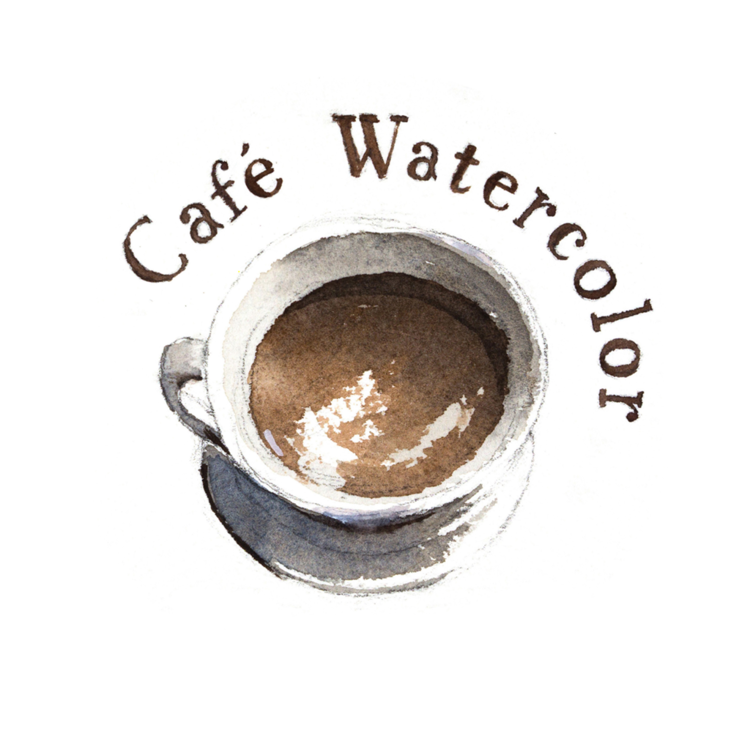One of the most common questions I have gotten is about wet on wet. How much water to use? How to avoid cauliflower edges? And when to use wet on wet? It can feel very complicated and tricky to get it right. In today’s YouTube video, I share with you 4 principles that will help you with wet on wet:
Remember that water dilutes the paint - So the more water you use, the more transparent your color will be. This simple concept is the core of the painting process. As you know, watercolor is painted from light to dark, transparent to opaque. So you start painting with more water, and as you need to paint darker, you start to use less water. Which leads to the next principle.
Figure out what you are trying to do - As I was saying, water dilutes the paint. So if your purpose is to add paint to your wash, then you definitely don’t want to add more water to it. So this is a very important principle. And this is the number one reason why you are getting unwanted cauliflower edges. If you want to add paint to your wash. Your mixture on your brush needs to have less water than where you are going paint. Unless you want to wash off the paint like creating the dry grass effect. You need to watch out for the mixture you are using for your wet on wet.
Pay attention to the drying stage of your painting - There are four drying stages in a wash: wet, moist, damp and dry.
Wet is when your paper soaked up plenty of water, it won’t hold more water anymore and it started to flow. And if you paint tilted like me, there will be bead gather on the bottom.
Moist, like the word suggest, is when the paper has plenty of moisture, this is a good stage to do wet on wet.
Damp, however, is a dangerous stage. The wash is starting to dry, so if you give it too much water, the paper is going to suck up the water and push the paint that’s already settled on the paper, and that creates the cauliflower edges, it’s also called back run.
Dry stage is well, dried. You will be able to rewet the surface safely.
Now, the speed of your painting is going through these stages varies depending on the paper, paint, and the environment you’re in, but all paintings go through these stages. So you need to use the right mixture accordingly. If your painting is damp and your mixture is moist, you are probably going to see cauliflower edges. So it’s very important that you use sufficient paint in your mixture. I often see students using too much water in their mixture. They end up diluted paints all over the place and the painting looks very muddy.
Only use wet on wet when you want a soft shape - Wet on wet is mostly used for a soft, blooming effect. If you want a hard shape that’s clear to read, you will want to paint it on a dry surface. A good painting often has a nice balance of hard and soft shapes. If a painting has too many soft shapes, it can look too mushy. And if a painting has too many hard shapes, it can look too busy and harsh. So think about where do you need soft shapes and edges. Soft shapes are usually used for distant objects in the fog, smaller details within a big major shape, transitions, things that are out of focus, and so on.
